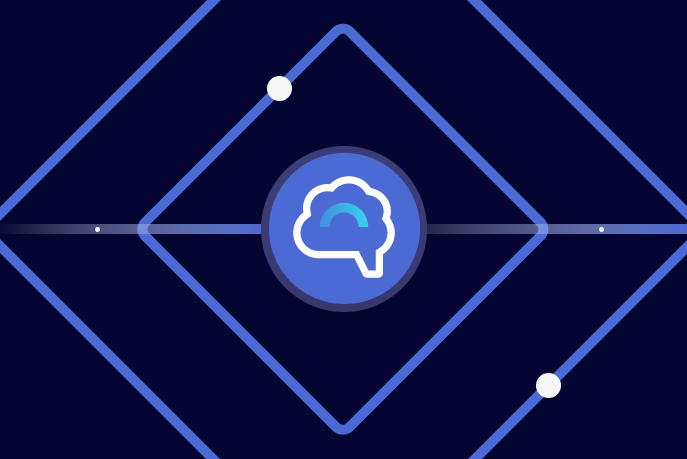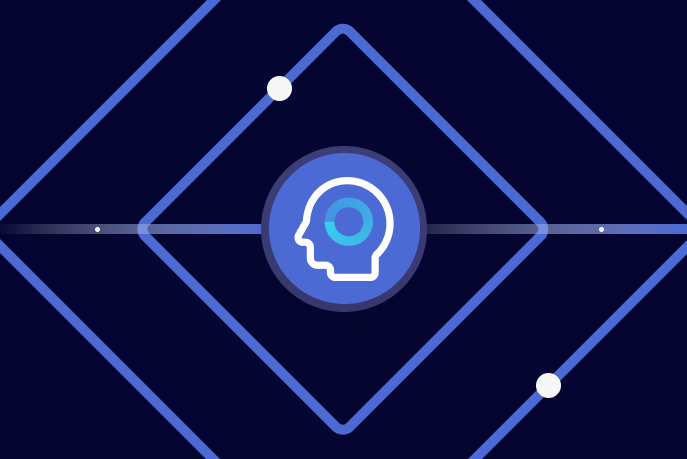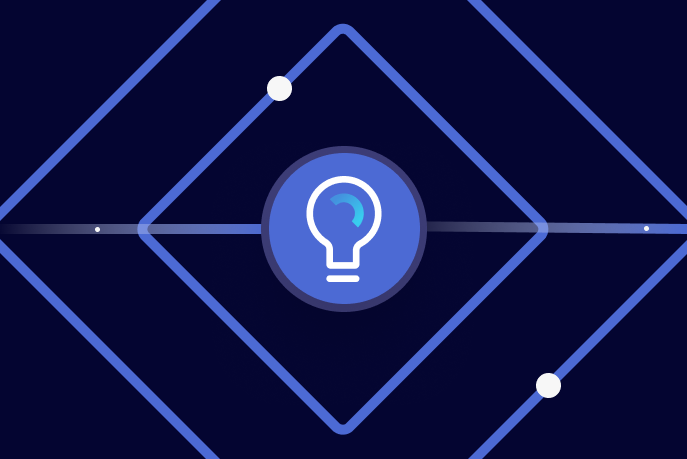Kafka in the Cloud: Why it’s 10x better with Confluent | Find out more
Big Ideas
Data Products, Data Contracts, and Change Data Capture
Change data capture is a popular method to connect database tables to data streams, but it comes with drawbacks. The next evolution of the CDC pattern, first-class data products, provide resilient pipelines that support both real-time and batch processing while isolating upstream systems...
Unlock Cost Savings with Freight Clusters–Now in General Availability
Confluent Cloud Freight clusters are now Generally Available on AWS. In this blog, learn how Freight clusters can save you up to 90% at GBps+ scale.
Contributing to Apache Kafka®: How to Write a KIP
Learn how to contribute to open source Apache Kafka by writing Kafka Improvement Proposals (KIPs) that solve problems and add features! Read on for real examples.
Your AI Project Has a Data Liberation Problem
Most AI projects fail not because of bad models, but because of bad data. Siloed, stale, and locked in batch pipelines, enterprise data isn’t AI-ready. This post breaks down the data liberation problem and how streaming solves it—freeing real-time data so AI can actually deliver value.
Agentic AI: The Top 5 Challenges and How to Overcome Them
Before deploying agentic AI, enterprises should be prepared to address several issues that could impact the trustworthiness and security of the system.
Event-Driven AI: Building a Research Assistant with Kafka and Flink
The rise of agentic AI has fueled excitement around agents that autonomously perform tasks, make recommendations, and execute complex workflows. This blog post details the design and architecture of PodPrep AI, an AI-powered research assistant that helps the author prepare for podcast interviews.
Three AI Trends Developers Need to Know in 2025
Continuing issues with hallucinations, the increasing independence of agentic AI systems, and the greater usage of dynamic data sources, are three AI trends you may want to monitor in 2025.
Announcing the Confluent for Startups AI Accelerator Program: Empowering the First Generation of Real-Time AI Startups
The Confluent for Startups AI Accelerator Program is a 10-week virtual initiative designed to support early-stage AI startups building real-time, data-driven applications. Participants will gain early access to Confluent’s cutting-edge technology, one-on-one mentorship, marketing exposure, and...
Getting Started with Generative AI
This series of blog posts will take you on a journey from absolute beginner (where I was a few months ago) to building a fully functioning, scalable application. Our example Gen AI application will use the Kappa Architecture as the architectural foundation.
GPT-4 + Streaming Data = Real-Time Generative AI
ChatGPT and data streaming can work together for any company. Learn a basic framework for using GPT-4 and streaming to build a real-world production application.
Uniting the Machine Learning and Data Streaming Ecosystems - Part 2
The ML and data streaming markets have socio-technical blockers between them, but they are finally coming together. Apache Kafka and stream processing solutions are a perfect match for data-hungry models.
Data Contracts, More Than Just APIs?
Breaking encapsulation has led to a decade of problems for data teams. But is the solution just to tell data teams to use APIs instead of extracting data from databases? The answer is no. Breaking encapsulation was never the goal, only a symptom of data and software teams not working together.
Uniting the Machine Learning and Data Streaming Ecosystems - Part 1
Apache Kafka and stream processing solutions are a perfect match for data-hungry models. Our community’s solutions can form a critical part of a machine learning platform, enabling machine learning engineers to deliver real-time MLOps strategies.
Whatever Happened to Big Data?
The big data revolution of the early 2000s saw rapid growth in data creation, storage, and processing. A new set of architectures, tools, and technologies emerged to meet the demand. But what of big data today? You seldom hear of it anymore. Where has it gone?
Real-Time or Real Value? Assessing the Benefits of Event Streaming
Experienced technology leaders know that adopting a new technology can be risky. Often, we are unable to distinguish between those investments that will be transformational and those that won’t be worthwhile. This post examines how one can decide if event streaming makes sense for them.
Streaming Data Product Lifecycle Management
Learn how modern data management approaches like data mesh and event-driven architecture (EDA) can be used to manage data platforms and how to take advantage of them.
With Data, Trust Comes First
Perhaps the largest challenge for modern data teams is gaining and retaining trust. The challenge of Big Data has come and gone, now we face the challenge of Untrustworthy Data, which will be one of the core focal points of the data space in 2023 and beyond.







